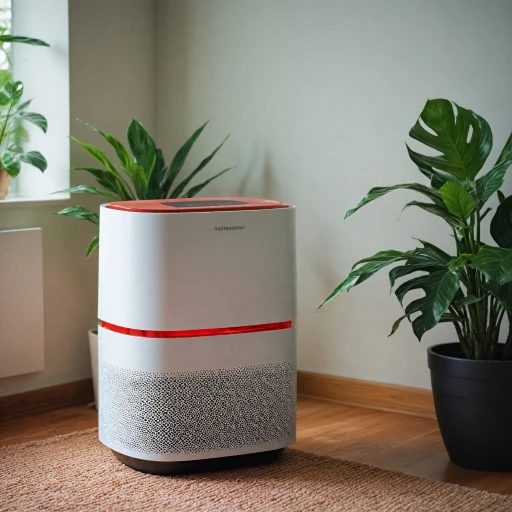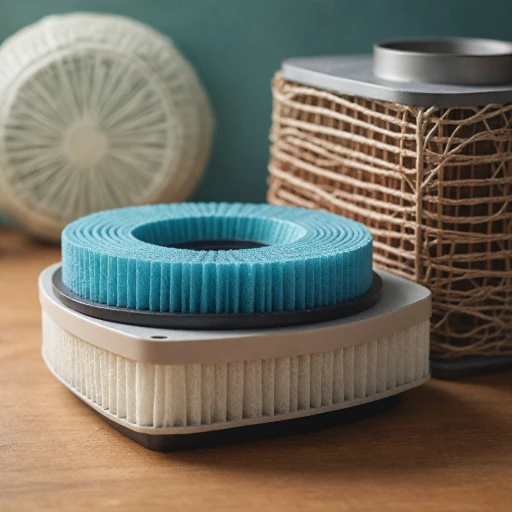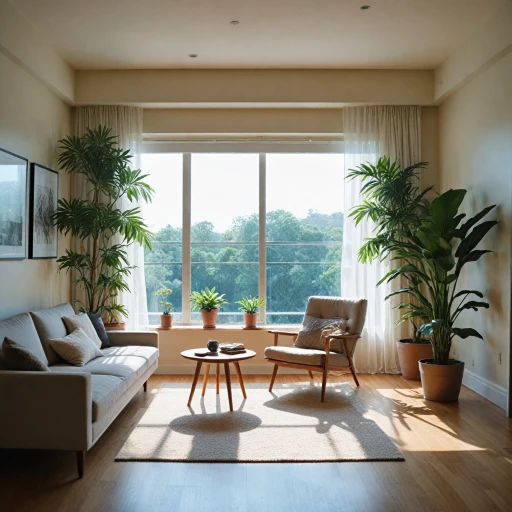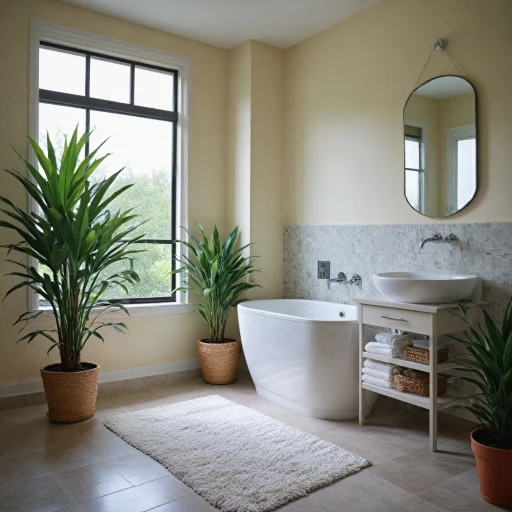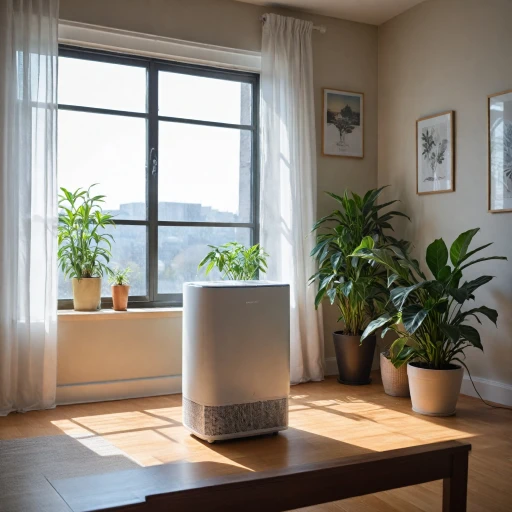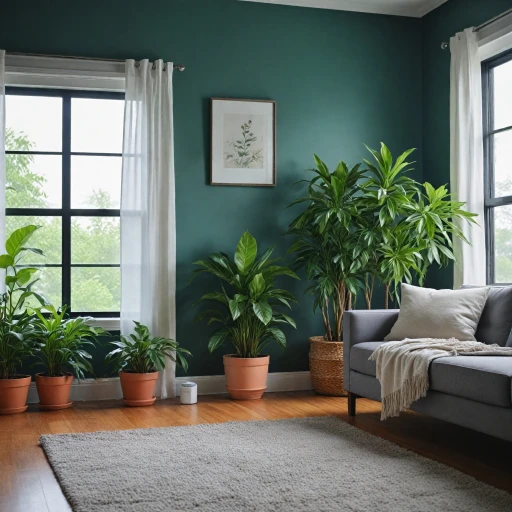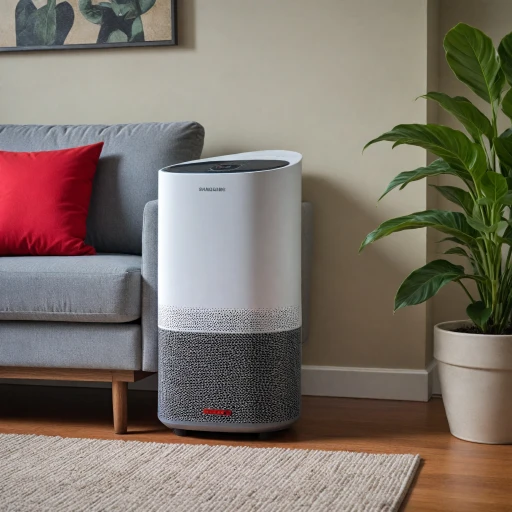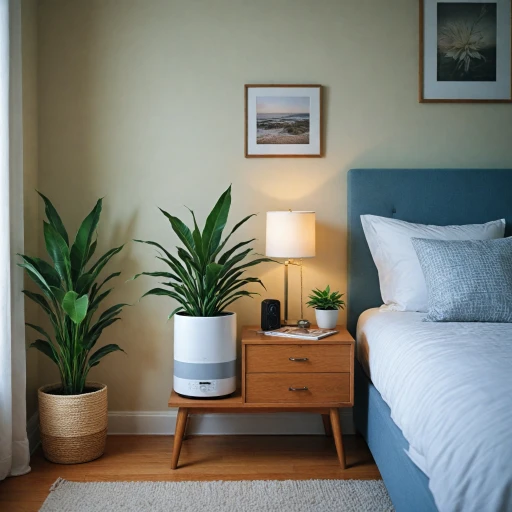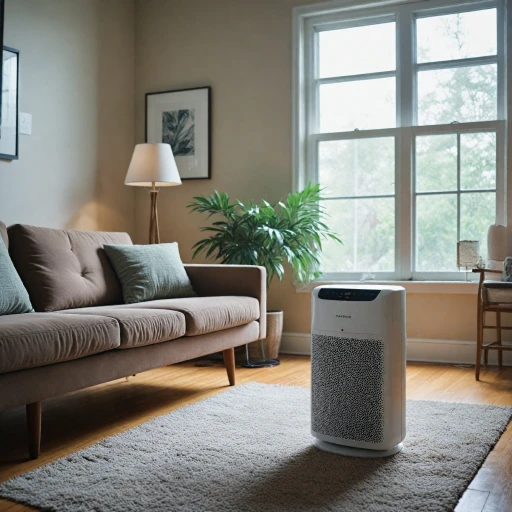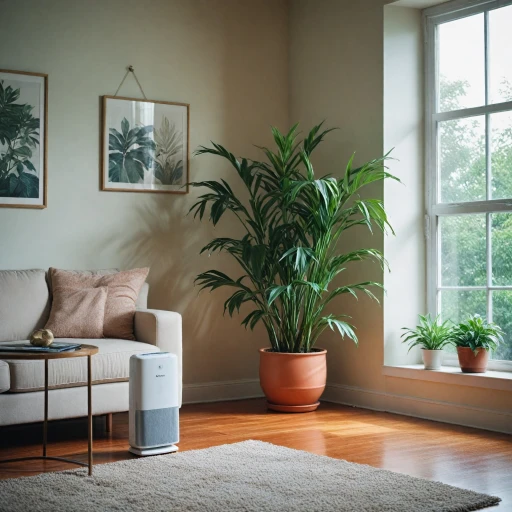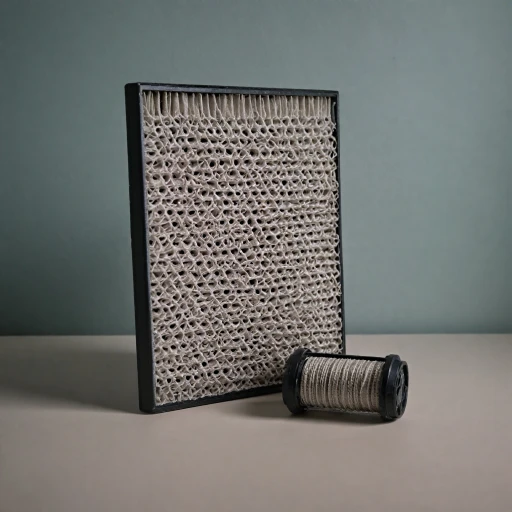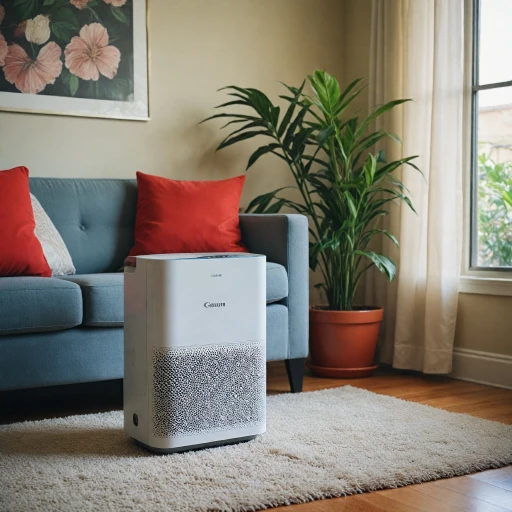
Understanding Natural Air Filters
Exploring the Basics of Natural Air Filters
Natural air filters have been gaining attention as a sustainable alternative to traditional air purification methods. These systems utilize components from nature to help clean and improve indoor air quality. Unlike conventional options, which may include chemically treated materials, natural air filters rely on organic and eco-friendly substances. This trend is carving a niche among environmentally conscious consumers who prioritize sustainability and affordability. Natural solutions often feature materials such as activated carbon from coconut shells, wool, or plant-based fibers. These substances can trap airborne particles like dust, pollen, and mold spores, which are common contributors to indoor air pollution. In turn, natural air filters can help elevate the quality of air in homes, offering a healthier living environment. While the notion of natural air filters is appealing, it's essential to understand the variety available and their specific applications. Some natural air filters are designed to fit into existing air purifiers or HVAC systems, resembling traditional pleated air filters or Kwik Kut Naturalaire microparticle filters in size and function. Others might offer standalone solutions, such as the innovative Briiv, which presents a modern twist on purification. Consumers should also consider factors such as price, effectiveness, and the environment in which the filters will be used. While some natural air filters can be cost-effective, buyers may find that the initial investment is higher compared to regular prices for synthetic options. Still, the long-term benefits, like reduced reliance on disposables, can offer significant savings. For further insights into optimizing your home environment through air filtration, consider exploring how scented furnace filters can complement your air purification efforts. Learn more about enhancing indoor air quality.Types of Natural Air Filters
Variety of Natural Air Filters
Natural air filters are an innovative alternative to traditional purifiers, utilizing sustainable and eco-friendly materials to improve indoor air quality. These filters harness the power of natural elements to capture airborne particles and purify the air within your home. Let's explore some notable types of natural air filters, highlighting their unique characteristics and applications.- Moss Walls: Utilizing the cleaning properties of moss, these living installations not only enhance the aesthetic value of your space but also improve air quality by absorbing pollutants. Ideal for homes aiming to integrate greenery with functionality.
- Bamboo Charcoal: Known for its absorbent qualities, bamboo charcoal is used in air filters to trap allergens and odors effectively. Its natural composition makes it a popular choice for eco-conscious homeowners.
- Hemp Filters: Hemp is used in crafting pleated air filters due to its durability and natural filtration capabilities. These filters are advantageous as they are biodegradable, cutting down on waste, and they perform well in trapping dust and pollutants.
- Wool Filters: Wool naturally traps moisture and dust particles. As a sustainable product, wool can be cut to fit various air filter systems, making it a flexible choice for various sizes of air conditioning units.
Benefits of Using Natural Air Filters
Advantages of Choosing Natural Air Purifiers
Natural air filters come with their own set of benefits that distinguish them from traditional methods. By understanding these perks, you can make informed choices about your indoor air quality improvement strategies.- Sustainability and Eco-Friendliness: Being derived from organic materials, natural air solutions often have a lower environmental impact compared to conventional electronic and pleated air filters. With growing concerns about sustainability, integrating solutions like Briiv and Naturalaire microparticle filters can be eco-friendly choices. They cause less pollution and often come at a competitive price point, saving resources while maintaining efficiency.
- Cost-Effectiveness: The initial price of some natural air filters might seem higher than that of regular pleated air filters. However, their long-lasting nature and reusable aspects can lead to long-term savings. For instance, a naturalaire pack designed to fit specific requirements can be a cost-effective investment over constantly replacing synthetic filters.
- Efficiency in Removing Particles: High-quality natural filters are capable of filtering out a range of airborne particles, including dust and other pollutants. Some models even offer ratings similar to traditional MERV-rated filters, ensuring a comparable ability to enhance air quality while keeping the environment in mind.
- Lower Maintenance Requirements: Maintaining natural air filters can be simpler and less time-consuming compared to traditional options. Since they often require fewer changes, a natural air conditioner filter can have a reduced impact on your day-to-day life and budget.
Challenges and Limitations
Exploring Roadblocks and Solutions to Natural Air Filters
Natural air filters come with their own set of challenges and limitations, making it crucial to understand them fully before making a purchasing decision. While they offer environmental benefits over traditional filters, there are several factors you need to consider.- Initial Costs vs. Long-Term Savings: Natural air filters, while eco-friendly, may initially have a higher price tag than conventional options like the pleated air or MERV filters. The investment might discourage some due to the regular price difference, but the savings in the long run, such as reduced electricity usage and less frequent replacements, can even out the cost.
- Efficiency in Capturing Particles: The effectiveness of natural filters in capturing airborne particles, such as dust and other pollutants, can vary. While they are adept at enhancing indoor air quality by filtering out larger particles, their efficacy against microparticles may not be as high as synthetic filters like the Naturalaire microparticle filters or pleated air filters.
- Cut Fit and Customization Constraints: Finding a natural air filter that fits precisely within your air conditioning or ventilation system can be challenging. Options like "cut fit" or "kwik kut" adaptations might not always work perfectly without compromising efficiency.
- Maintenance and Durability: Although natural air filters generally promise a longer lifespan, their performance largely depends on proper maintenance and the environmental conditions in the space they are used in. Some filters pack might require more frequent cleaning and care than expected to maintain their original quality and effectiveness.
- Availability and Market Penetration: Natural air filters might not be as widely available as traditional options, particularly in areas outside of the United States. This could lead to challenges in acquiring the specific type that suits your needs.
Integrating Natural Air Filters in Your Home
Seamlessly Incorporating Natural Air Filters Into Your Living Space
Integrating natural air filters into your home environment can greatly enhance your indoor air quality. These filters, such as the Naturalaire microparticle variety, offer an eco-friendly and cost-effective solution. To make this transition effortlessly, here are some practical tips:- Explore Flexible Options: Many natural air filters are designed to be versatile. Look for products such as Naturalaire cut-to-fit, which allow for easy customization to fit any air conditioner unit. Customization also enables you to maintain the original quality of your air filtering system without any compromise.
- Consider Different Models: With options ranging from the basic Naturalaire pleated air filters to advanced solutions like Briiv, there’s something suitable for every home setup. Each type can address specific concerns, from trapping dust to capturing smaller airborne particles.
- Regularly Check and Replace: Regular maintenance is crucial to ensure your air filters perform effectively. Consider investing in a filter pack, allowing you to have spares ready when needed. Replacements can usually be found at a reasonable price, with sale price options often available to save on costs in the long term.
- Seasonal Adjustments: Air quality can vary throughout the year. Be proactive by adjusting your use of air filters according to current conditions. For instance, consider higher MERV rating filters when particulate levels in the air are elevated.
Comparing Natural and Traditional Air Purifiers
Natural Solutions vs. Traditional Methods
When comparing natural air filters to traditional air purifiers, there are several factors to consider, including filter type, air quality impact, and price. Both approaches aim to enhance indoor air quality by reducing dust and airborne particles, but they do so in different ways.
Natural air filters, such as those that use plants or materials like activated charcoal, offer a more sustainable, eco-friendly option. Products like the Briiv air purifier stand out by incorporating biodegradable materials, which align with environmentally-conscious consumers. These natural solutions not only aim to improve air quality but also add an aesthetic value to your space.
Conversely, traditional air purifiers are often equipped with pleated air filters, like those with MERV ratings, which effectively filter particles of various sizes. While effective, they generally have a higher environmental impact due to electricity consumption and regular replacement of disposable filters. With options such as the Naturalaire MicroParticle and Kwik Kut, consumers can choose the filter that best suits their needs, but the recurring price for replacement can add up over time.
In terms of cost, both systems have pros and cons. The initial price of a natural system might be more affordable, but its maintenance might require more effort. Traditional air purifiers, while often coming at a higher initial price, provide constant clean air flow through regular fit replacements, like a pack of filters with consistent MERV ratings, ensuring consistent air filtration performance.
Ultimately, the choice between natural air filters and traditional air purifiers will depend on your specific needs, preferences, and environmental concerns. While traditional systems may offer a practical solution with guaranteed particle removal efficiency, natural alternatives provide a greener option with aesthetic benefits. Both approaches aim to improve indoor air quality, allowing users to breathe cleaner air in their homes.

